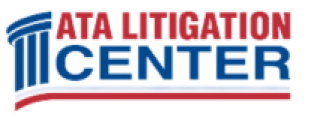The transportation sector is the largest domestic source of greenhouse gas emissions. As a result, motor carriers face a particularly complex challenge in navigating the dizzying array of dynamic federal and state environmental regulations that govern sustainability and emissions across their operating lanes. At the federal level, the second Trump Administration is expected to have a critical view of the Biden Administration’s climate agenda, although efforts to repeal or modify federal emissions rules will face ongoing challenges. At the state level, regulations that originated in one state, such as those promulgated by the California Air Resource Board or California’s South Coast Air Quality Management District, have now been adopted or outright rejected in other states. These often confusing and sometimes conflicting laws and regulations inevitably draw litigation while hampering efficient nationwide operations.
The goals of this session are: (1) to help motor carriers understand and evaluate the current legislative and regulatory landscape as well as to anticipate likely changes in 2025 and beyond; and (2) to develop and deploy compliance strategies aimed at efficiently managing fleet operations, avoiding enforcement actions, and adapting to a new legislative and regulatory environment.
Speaker
Marc Blubaugh
Marc S. Blubaugh is a Partner and Co-Chair of the firm’s Transportation & Logistics Practice Group, which has been designated by U.S. News & World Report / Best Law Firms as the “Transportation Law Firm of the Year” numerous times, including 2025.
Jonathan R. Todd
Jonathan Todd is Vice Chair of the Transportation & Logistics Practice at Benesch. His entire career has focused on transportation, logistics, warehousing, and international trade matters.
Reed Sirak
Reed Sirak is an Environmental Partner at Benesch. He advises on environmental issues in the context of corporate and real estate transactions, litigation, regulatory compliance, and government investigations and enforcement matters.




